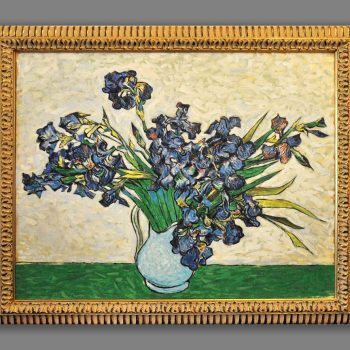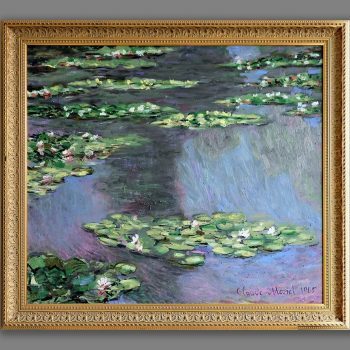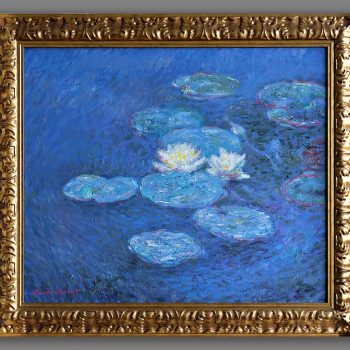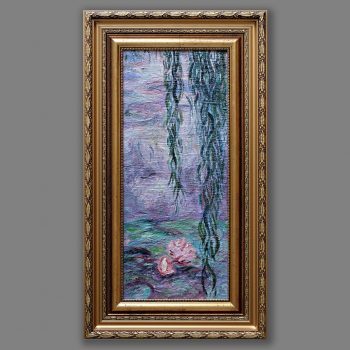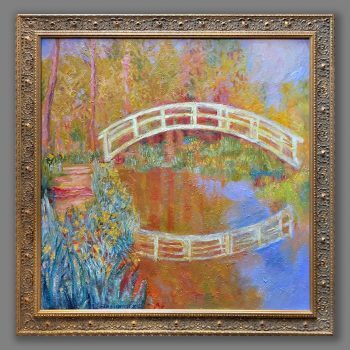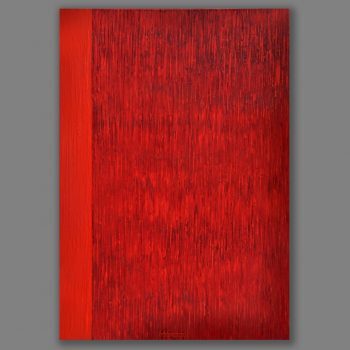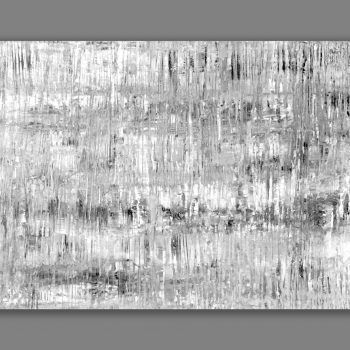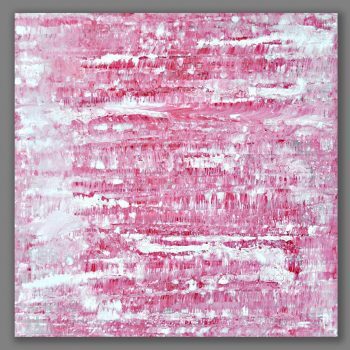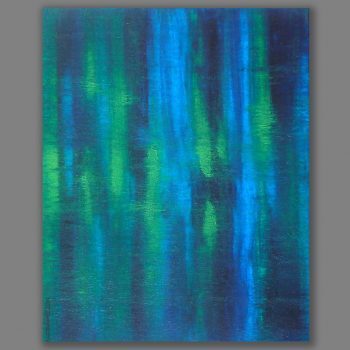Mária Bidelnicová
Mária (Marika) Bidelnicová paints under the pseudonym MURO. She was born in Bratislava on 19 July 1954. From 1969 to 1973 she studied under Prof. Rudolf Fila at the School of Applied Arts in Bratislava. Between 1973 and 1977 she worked as an assistant in the Department of Graphíc Art and Drawing at the Slovak National Gallery in Bratislava. From 1977 to 1983 she studied in the Department of Restoration at the Academy of Fine Arts in Bratislava. ln 1982 she trained under Prof. G. Serangeli and Prof. S. Lancioni at the Instituto Centrale del Restauro in Rome. Between 1983 and 1990 she worked in the Department of Restoration at the Academy of Fine Arts, and was awarded the doctoral degree for her doctoral thesis on visual arts. From 1993 to 2006 she worked in the restoration and conservation studios of the Slovak National Gallery and restored dozens of artworks by old masters and contemporary artists. She began to exhibit her works at major joint exhibitions in Slovakia and abroad, and at solo exhibitions with her husband Daniel Bidelnica. Marika Bidelnicová is concerned with the restoration and conservation of works of art, copying, painting and photography.
The creative work and perception of Marika Bidelnicová was influenced by her teacher, the doyen of Slovak visual art, Rudolf Fila who gave the students of the School of Applied Arts the assignment to create copies of the works of art of their choice. Copies of the works of distinguished artists determined the artist’s destiny. Apart from the systematic restoration of the works of European artists, she also copied the works of Vincent van Gogh, Paul Gauguin, Pablo Picasso and other major artists. Her best known restorations include the Early Renaissance frieze by Simone Martini in Rome, the Gothic altar in Hervartov, the large icon from the early 15th century from Bardejov, St Katarina by Simon Vouet, the paintings and drawings by Ladislav Medňanský and works by other leading artists. Restoration requires infinite patience and concentration. It was just a matter of time before she fulfilled her wish to paint her own works, to give full rein to her imagination, painting idiom and artistic expression. She began to paint audaciously in the style of Gestural painting, making use of interesting combinations of two colours. Her ‘organic’ Abstract Expressionism transforms the paintings into lively, suggestive works with a multitude of meanings. Her brushwork creates labyrinths of colours resembling visualised energy and motion. Yet her paintings have their own system and rhythm. Applying pigment in visible sweeps, she accentuates the relief character of the picture space, sometimes adding specific materials. This creates the picture’s relief surface, expressing the artist’s emotions and the symbolism of the painting process expressed in gestures, colours, forms and structures.
Mária Bidelnicová
Mária (Marika) Bidelnicová paints under the pseudonym MURO. She was born in Bratislava on 19 July 1954. From 1969 to 1973 she studied under Prof. Rudolf Fila at the School of Applied Arts in Bratislava. Between 1973 and 1977 she worked as an assistant in the Department of Graphíc Art and Drawing at the Slovak National Gallery in Bratislava. From 1977 to 1983 she studied in the Department of Restoration at the Academy of Fine Arts in Bratislava. ln 1982 she trained under Prof. G. Serangeli and Prof. S. Lancioni at the Instituto Centrale del Restauro in Rome. Between 1983 and 1990 she worked in the Department of Restoration at the Academy of Fine Arts, and was awarded the doctoral degree for her doctoral thesis on visual arts. From 1993 to 2006 she worked in the restoration and conservation studios of the Slovak National Gallery and restored dozens of artworks by old masters and contemporary artists. She began to exhibit her works at major joint exhibitions in Slovakia and abroad, and at solo exhibitions with her husband Daniel Bidelnica. Marika Bidelnicová is concerned with the restoration and conservation of works of art, copying, painting and photography.
The creative work and perception of Marika Bidelnicová was influenced by her teacher, the doyen of Slovak visual art, Rudolf Fila who gave the students of the School of Applied Arts the assignment to create copies of the works of art of their choice. Copies of the works of distinguished artists determined the artist’s destiny. Apart from the systematic restoration of the works of European artists, she also copied the works of Vincent van Gogh, Paul Gauguin, Pablo Picasso and other major artists. Her best known restorations include the Early Renaissance frieze by Simone Martini in Rome, the Gothic altar in Hervartov, the large icon from the early 15th century from Bardejov, St Katarina by Simon Vouet, the paintings and drawings by Ladislav Medňanský and works by other leading artists. Restoration requires infinite patience and concentration. It was just a matter of time before she fulfilled her wish to paint her own works, to give full rein to her imagination, painting idiom and artistic expression. She began to paint audaciously in the style of Gestural painting, making use of interesting combinations of two colours. Her ‘organic’ Abstract Expressionism transforms the paintings into lively, suggestive works with a multitude of meanings. Her brushwork creates labyrinths of colours resembling visualised energy and motion. Yet her paintings have their own system and rhythm. Applying pigment in visible sweeps, she accentuates the relief character of the picture space, sometimes adding specific materials. This creates the picture’s relief surface, expressing the artist’s emotions and the symbolism of the painting process expressed in gestures, colours, forms and structures.


